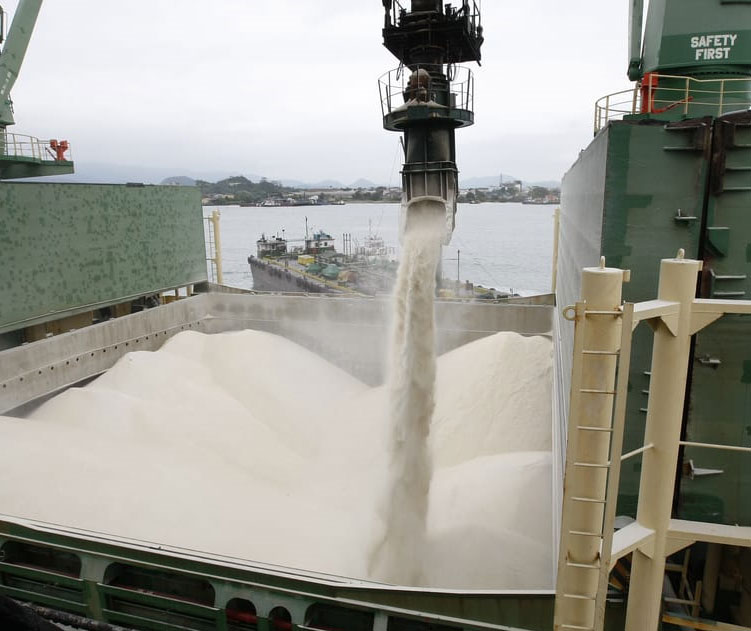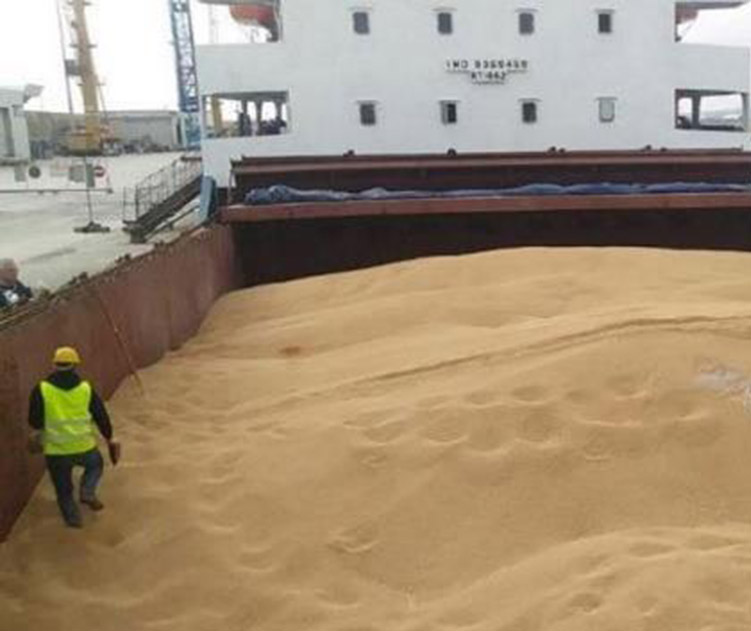Breakbulk
ASC - All Shipping Company

ASC - All Shipping Company
Break bulk: what is it and what are its benefits?
Most goods are transported by sea. This modality thus plays a vital role in global trade. But the way cargo is transported inside a ship can vary depending on the specific characteristics of the goods. One of the possible modalities is break bulk – transport of large or heavy goods. Find out how this service works, in which situations it applies and what its advantages and disadvantages are.
Break Bulk vs. Containerized cargo
When we think about the maritime transport of goods, the image we usually associate is that of a ship with stacked containers. However, not all products can be packed in a container due to their size or weight. In these situations, the cargo must be transported in individual volumes and on another type of ship. This mode of transport is known as break bulk.
Differences between the main types of cargo transport:
Containerized cargo (FCL or LCL):
It is the preferred way of packaging goods in maritime transport. It not only reduces damage to merchandise, but also speeds up ship loading and unloading operations. Companies that want to transport goods in containers can do so through the full container load service (full container load, known by the acronym FCL) or by opting for the groupage service (less than container load – LCL). In the latter case, loads from different customers/companies are consolidated to complete a container.
Rolling load (Ro-Ro):
This specific segment of transport refers to cargo that is loaded and unloaded from a ship using its own wheels (cars, trucks). In other words, the goods leave the vessel autonomously. This type of cargo is transported on roll on-roll off cargo ships.
Project Cargo (Break bulk):
In this case, the cargo is packed not in containers, but individually. It is also the modality used to transport goods that do not fit in containers. For example, raw materials and materials used in the construction and industrial sector, such as:
Wood, steel and iron beams and other materials;
Wind turbine components;
Airplane propellers;
Large engines and equipment.
The advantages of break bulk
Among the main benefits of this approach, we highlight the following aspects:
Transport of large goods: break bulk offers the possibility of transporting large goods and equipment, thus preventing them from having to be segmented and separated into smaller items.
Accessible to most ports: not all ports in the world are prepared to receive containers, but most (even the less modern ones and in less developed countries) can receive goods in break bulk.
Break bulk needs
As main characteristics, the following points stand out:
It requires more resources, more coordination and more time: due to its characteristics, break bulk is a modality that requires more human and technical resources, since each item has to be transported and packaged individually. The logistical process also requires more in-depth coordination.
Greater concern with managing the risk of damage to merchandise: as in break bulk the cargo is packed on the ship in individual volumes, there is a greater possibility that the merchandise may suffer damage.
Opportunities in sight in break bulk?
New opportunities are on the horizon and could contribute to greater dynamization of break bulk transport. In fact, the current challenges that maritime transport faces – in particular, with regard to the limited supply of containers – are leading companies to look for alternatives to transport their goods.


